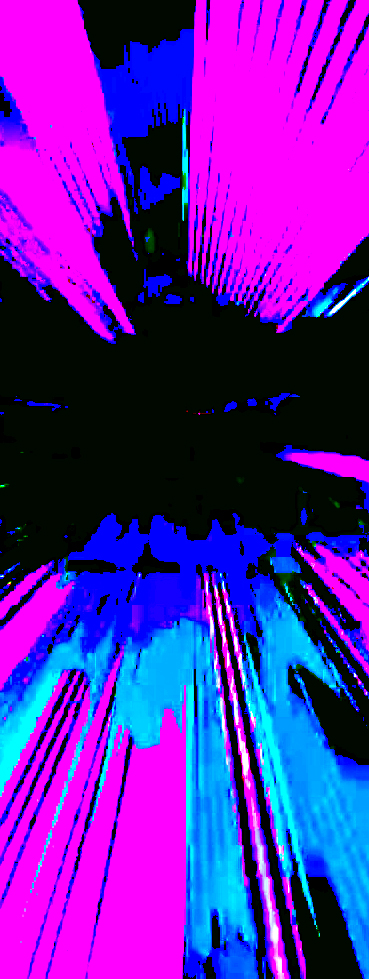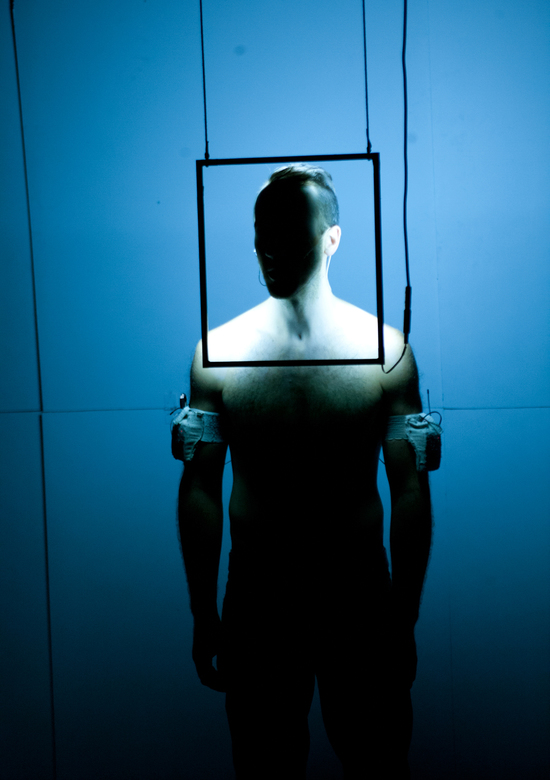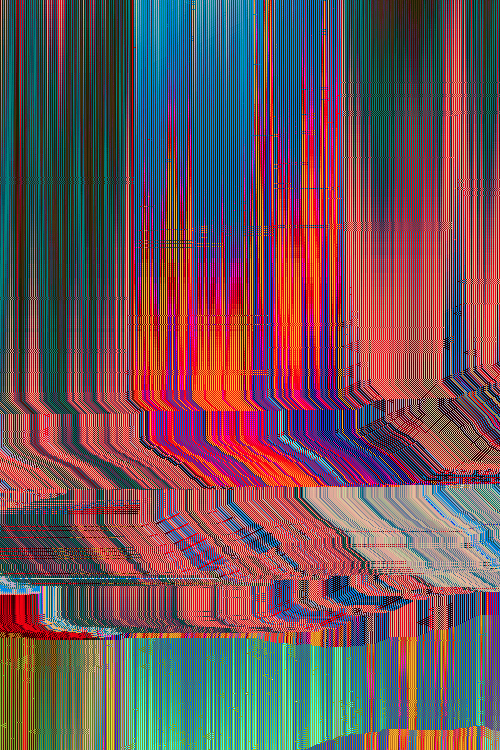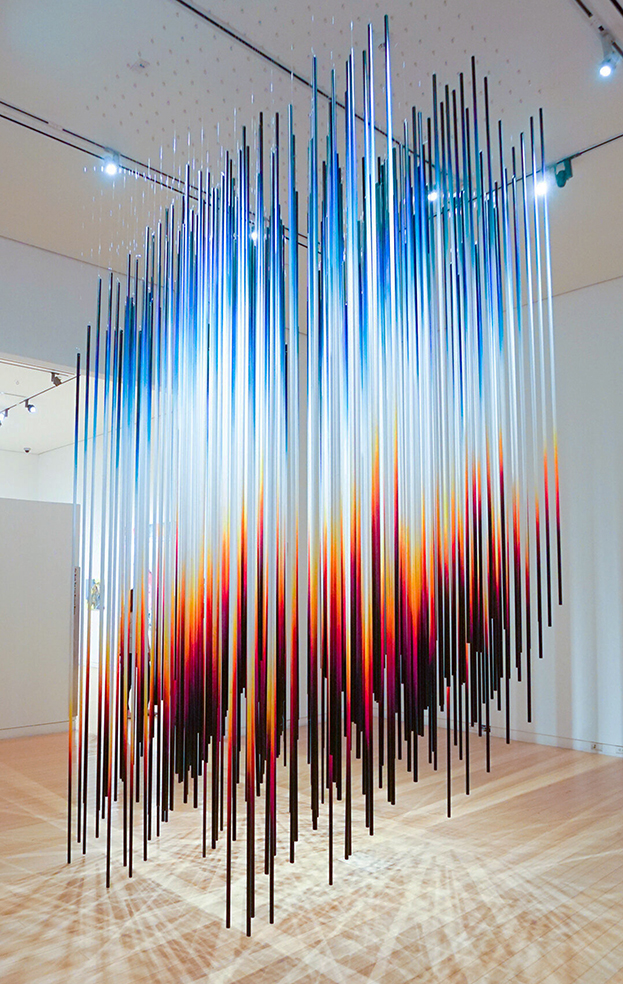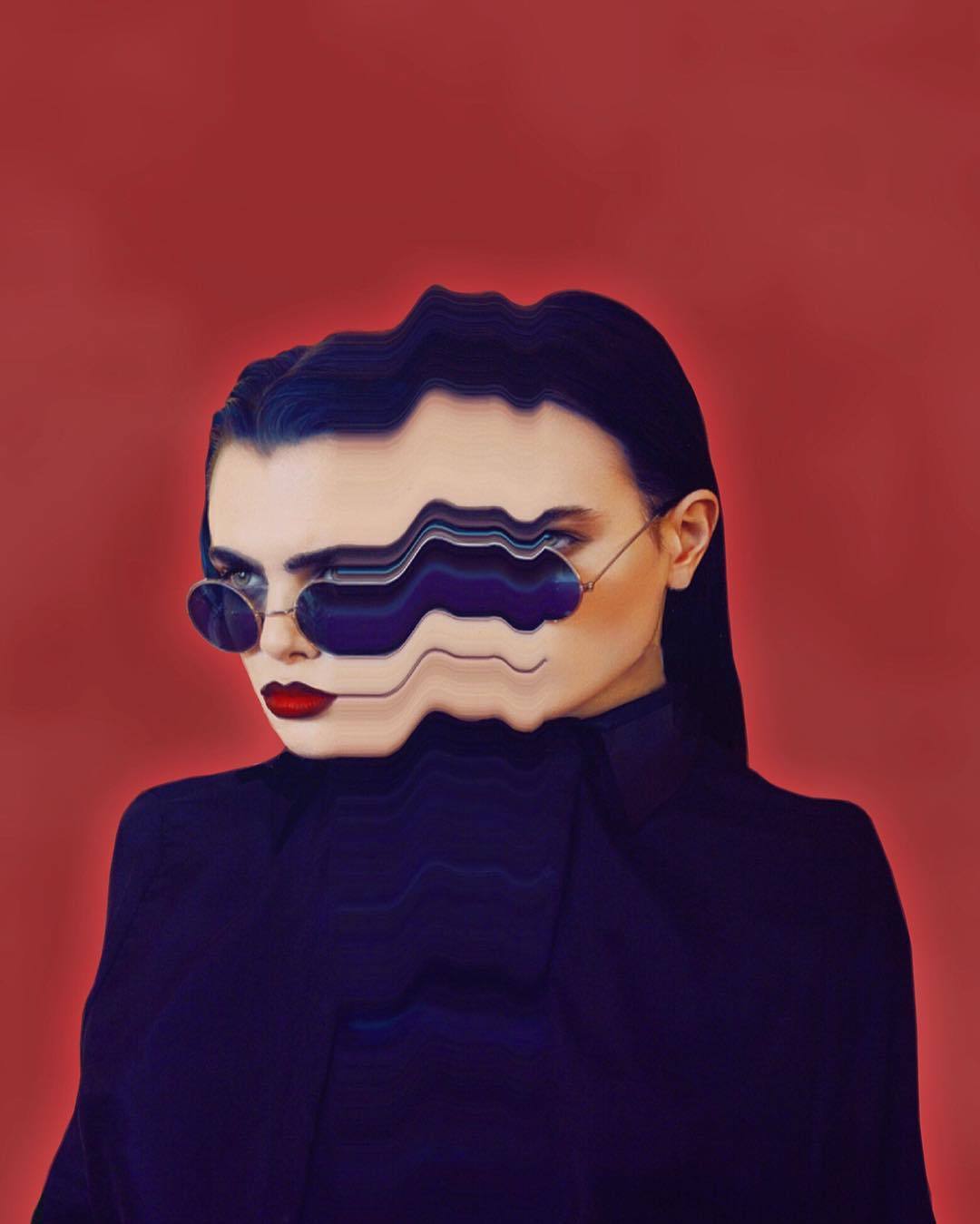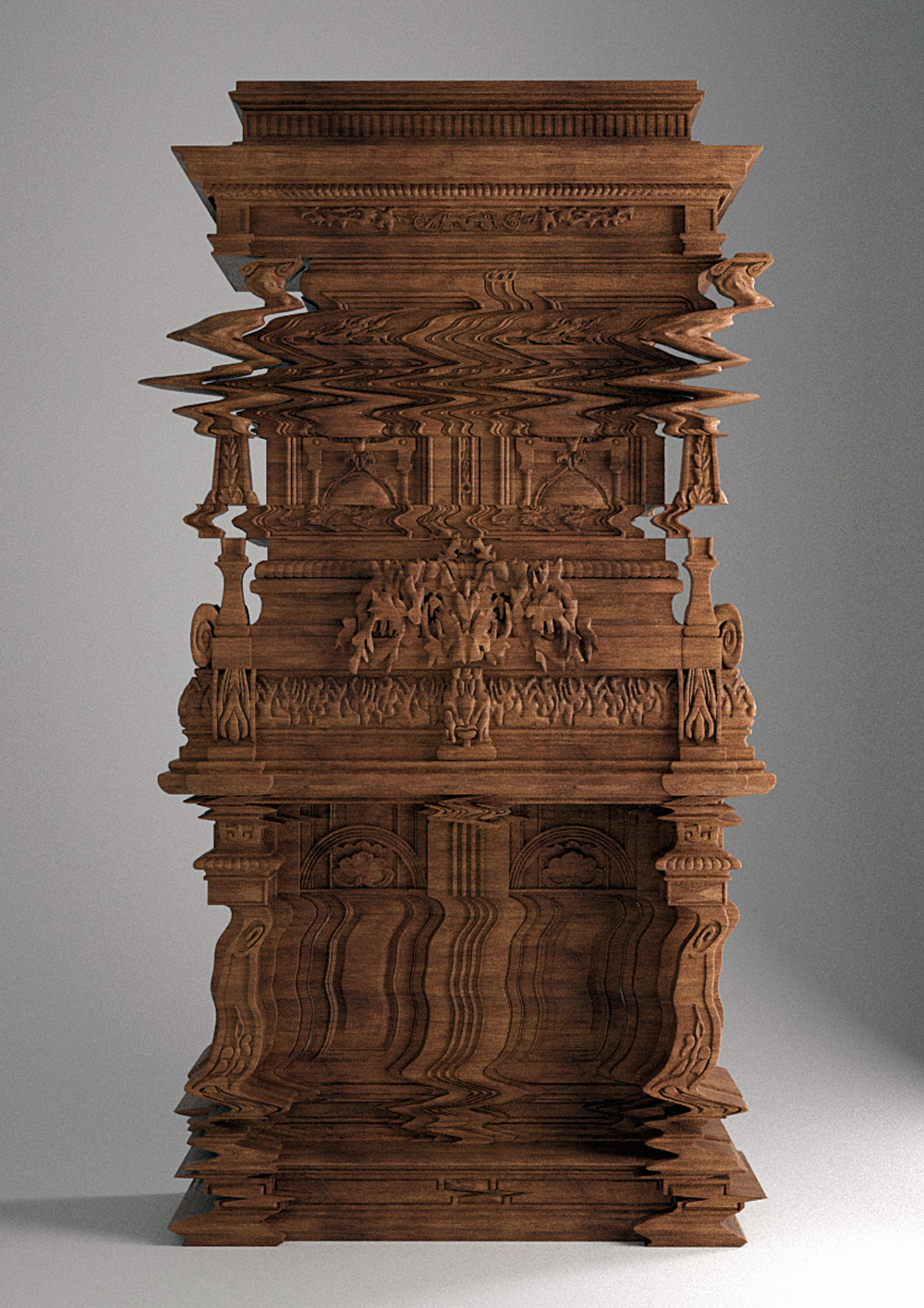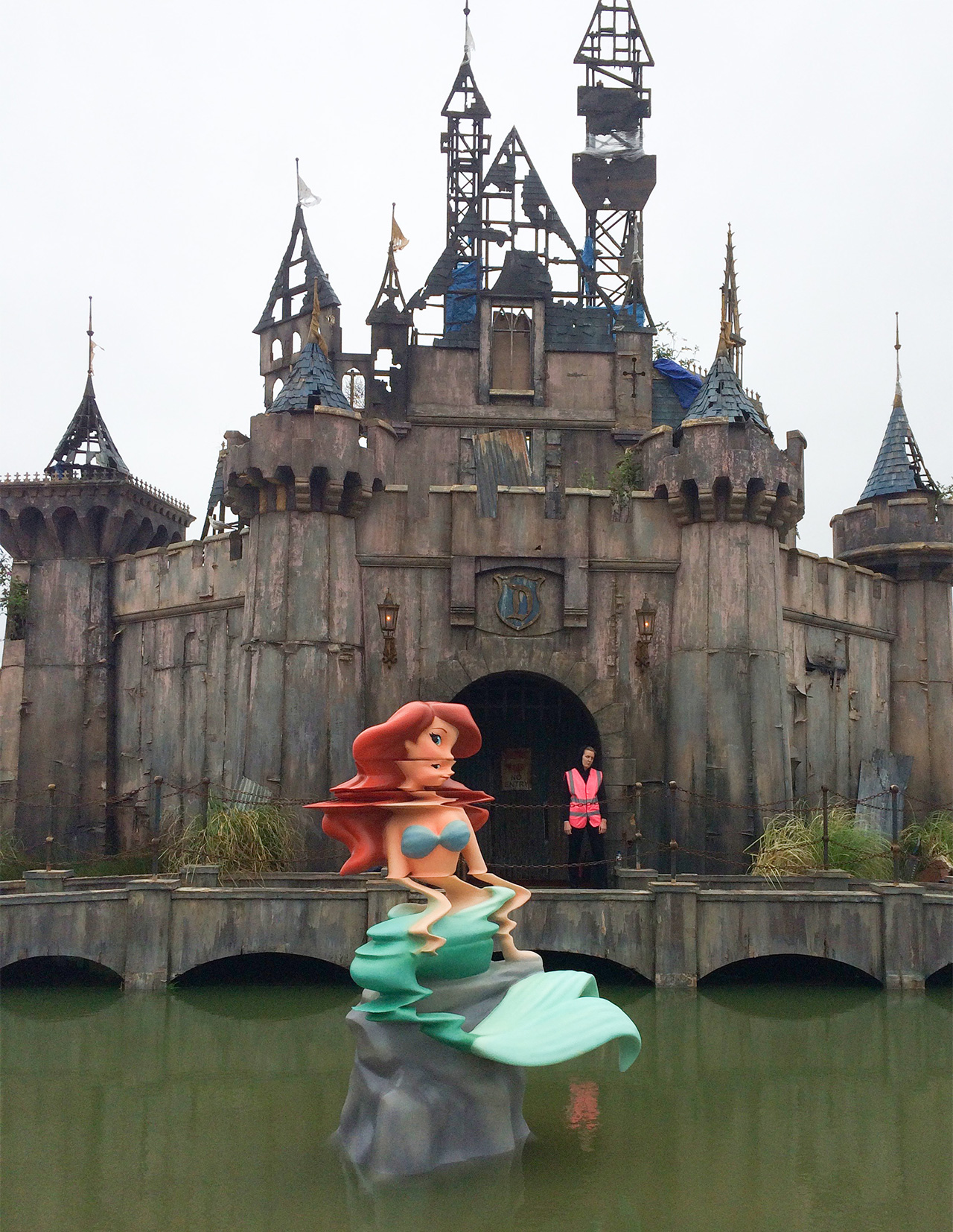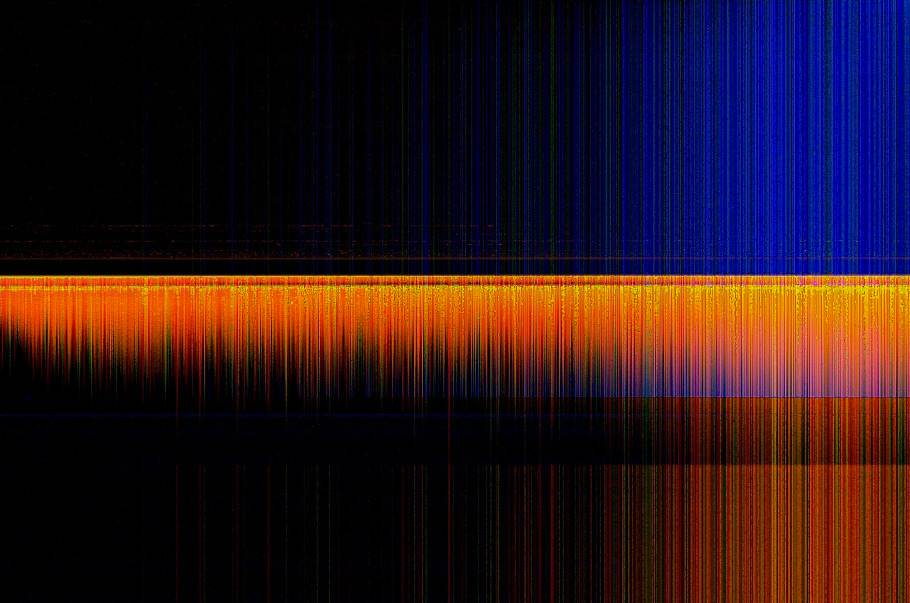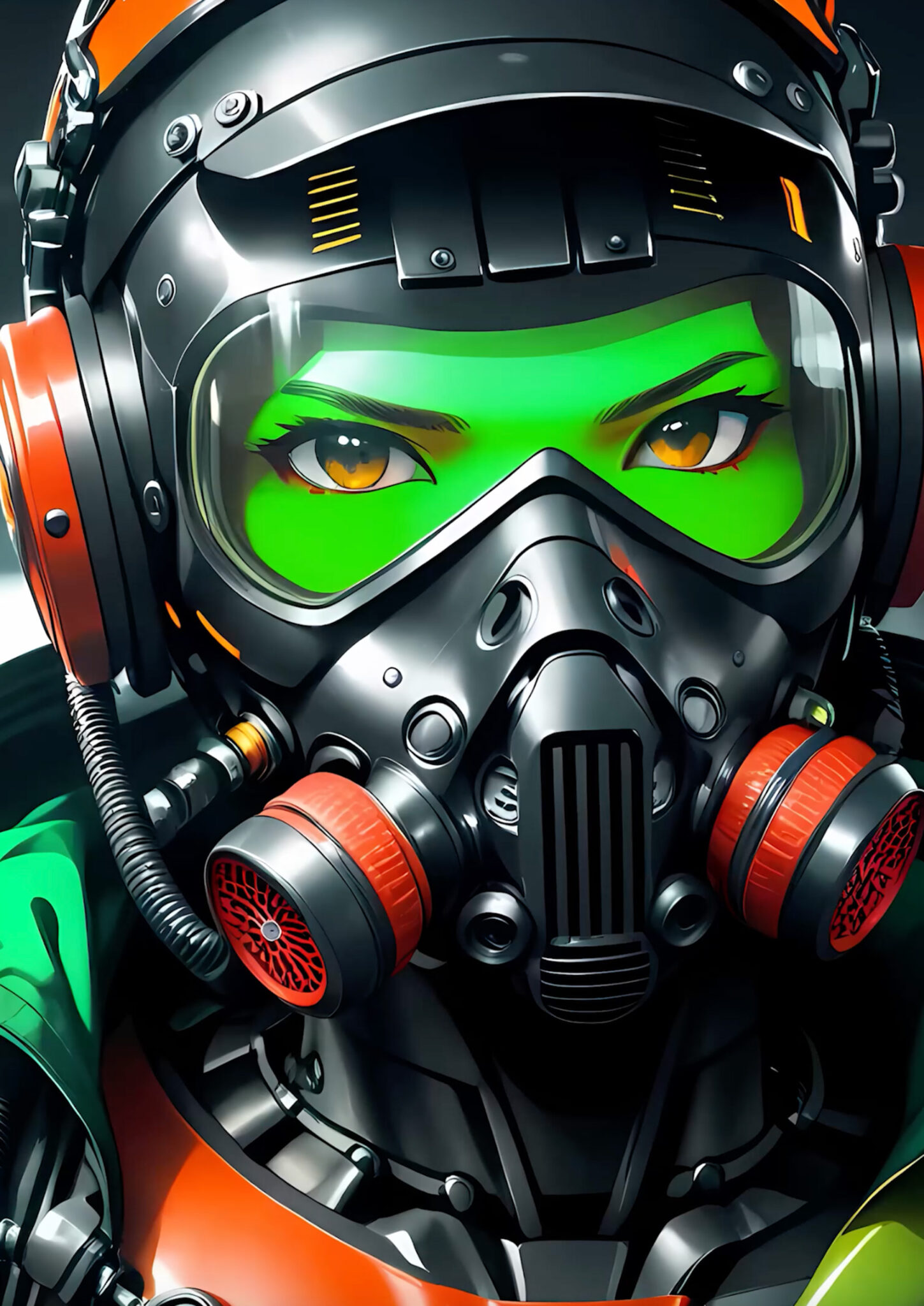
QUBIT AI: Iskarioto Dystopian AI Films
Subway Chase
FILE 2024 | Interator – Sound Synthetics
International Electronic Language Festival
Iskarioto Dystopian AI Films – Subway Chase – Spain
Subway Chase is a high-speed underground race, a visual glitch that dissolves and transforms with the musical waves.
Bio
Iskarioto Dystopian AI Films is an emerging Spanish artist, empowered with cutting-edge AI tools, a fusion of human creativity with machine potential. He is known as a visual alchemist, pixel manipulator, and graphic, dark, dystopian storyteller. Since its premiere in 2022, it has been shown in art galleries around the world, having won the Artistic Award at the AI Film Festival Montpellier 2023.
Credits
Music: Subway Chase by Karl Casey


